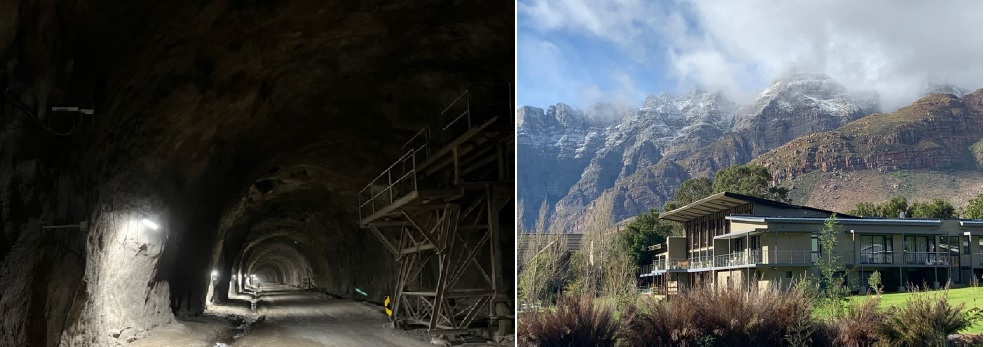Speaker
Description
Techniques and methods for the measurement and characterisation of naturally occurring radionuclide materials (NORM) and technologically enhanced naturally occurring radioactive materials (TENORM) in the environment are readily available. Most of these methods rely on laboratory-based HPGe or NaI detection systems. There is a need to measure and characterise radionuclides in different natural environments ranging from easily accessible to more harsh or inhospitable areas. This led to the development of a mobile gamma-ray detection unit (MRDU) in the form of a backpack that makes the measurement of radionuclides in more harsh environments possible, even on foot. An additional requirement of the mobile unit is the generation of high-quality spectral data. The MRDU was equipped with a LaBr3:Ce detector because of its superior peak resolution and photon detection efficiencies compared to the more conventional, and readily available NaI detectors. The MRDU is equipped with a USB GPS system that allows the accumulation of real-time spectral data combined with a spatial distribution of the radionuclides of interest. Experimental data have been collected at several different sites using the MRDU indicating its utility to do rapid and reliable measurements of primordial radionuclides (NORM and TENORM) as well as anthropogenic radionuclides in different terrestrial environments. It remains to approximate the state of decay disequilibrium at the sites. The MRDU results will be verified using HPGe gamma-ray spectrometry and chemical analysis of grab samples taken at the various measuring sites. This will enable predictions of the future fate and transport of radionuclides, and therefore radiation contamination in terrestrial environments. Results obtained during these experimental measurements will be presented and discussed, and conclusions drawn during the discussion.
